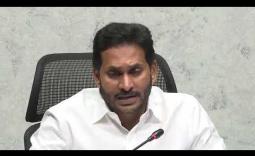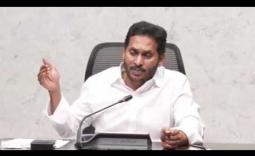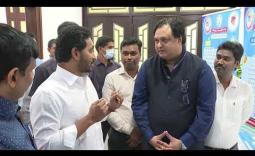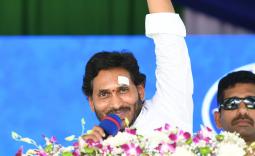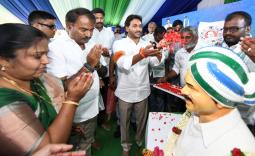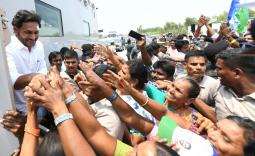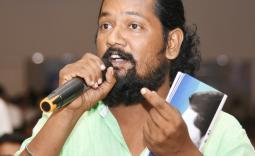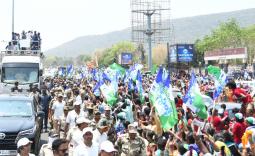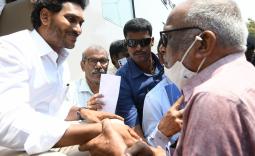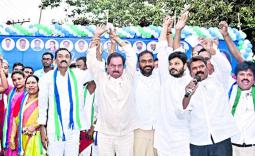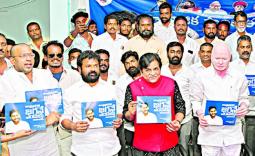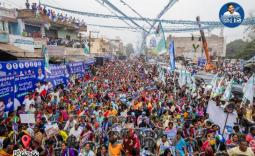YS Jagan Mohan Reddy expressed grief over the demise of Sri Shanti Swaroop A Peep Into CM Jagan’s Heart Of Gold!
A Peep Into CM Jagan’s Heart Of Gold! YS Jagan Mohan Reddy expressed delight over Bharat Ratna awards
YS Jagan Mohan Reddy expressed delight over Bharat Ratna awards AP Leads From the Forefront Disbursing Over Rs 4 Lakh Crore to the Poor via DBT
AP Leads From the Forefront Disbursing Over Rs 4 Lakh Crore to the Poor via DBT YSRCP's Impactful Welfare Measures
YSRCP's Impactful Welfare Measures YSRCP Highlights Plight of Dalits During Naidu's Rule
YSRCP Highlights Plight of Dalits During Naidu's Rule TDP, a BC Leader Factory, Yet No Representation in Rajya Sabha – Why?
TDP, a BC Leader Factory, Yet No Representation in Rajya Sabha – Why? Invested Rs 1,600 crore dedicatedly for the development of Kodur
Invested Rs 1,600 crore dedicatedly for the development of Kodur ‘Real development is providing quality education to poor and investing in human capital,’
‘Real development is providing quality education to poor and investing in human capital,’ Samajika Sadhikara bus yatra in Araku Valley, Anantapur
Samajika Sadhikara bus yatra in Araku Valley, Anantapur
Warn on Nuclear Power Plant
26 Dec 2015 11:07 AM

The area in question - Kovvada - is the chosen region by the central and state governments for the ambitious nuclear project namely The Kovvada Nuclear Power Project. However, since the site was first chosen several years ago a thorough study was not done. The Site Selection Committee (SSC) for the project recommended a detailed study of the region in view of the area being prone to sesimic activity. However, the Department of Atomic Energy (DAE) never bothered to go for the detailed study.
Experts and people in the know such as former secretary to the Government of India EAS Sarma have urged the government to conduct a sesimic study of the region and also upto an area of 300 kilometers around it. He has written several letters to the Prime Minister, the Department of Atomic Energy and state government on the need for a detailed study. But to no avail.
As if to buttress his point, Kovvda on Thursday experienced tremors forcing people to rush out of their homes. The former secretary also brought to the government's notice the earthquake on the East coast in 2014. He states that if the nuclear project comes up in the region, it might repeat the Fukushima nuclear disaster of Japan. That will trigger a widespread loss to property, life and most importantly to the environment, Sarma added.
In a recent letter to Prime Minister Narendra Modi, he states that, "the Department of Atomic Energy has not cared to conduct detailed seismic studies as recommended by the Site Selection Acommittee (SSC) for Kovvada nuclear power project in Srikakulam district in Andhra Pradesh."
A disaster at the scale of Fukushima will have an immediate impact upto several hundreds of miles and the long term affect will be upto several generations of human life, Sarma warned the Central government.
Some of the points that Sarma wanted the government to revisit are - Is a nuclear project appropriate in a region such as Kovvada, secondly a detailed study of Kovvada and its surroundings upto a range of 300 kilometers for sesimic activities and finally a research and survey by a expert organisation such as the National Geophysical Research Institute (NGRI).




